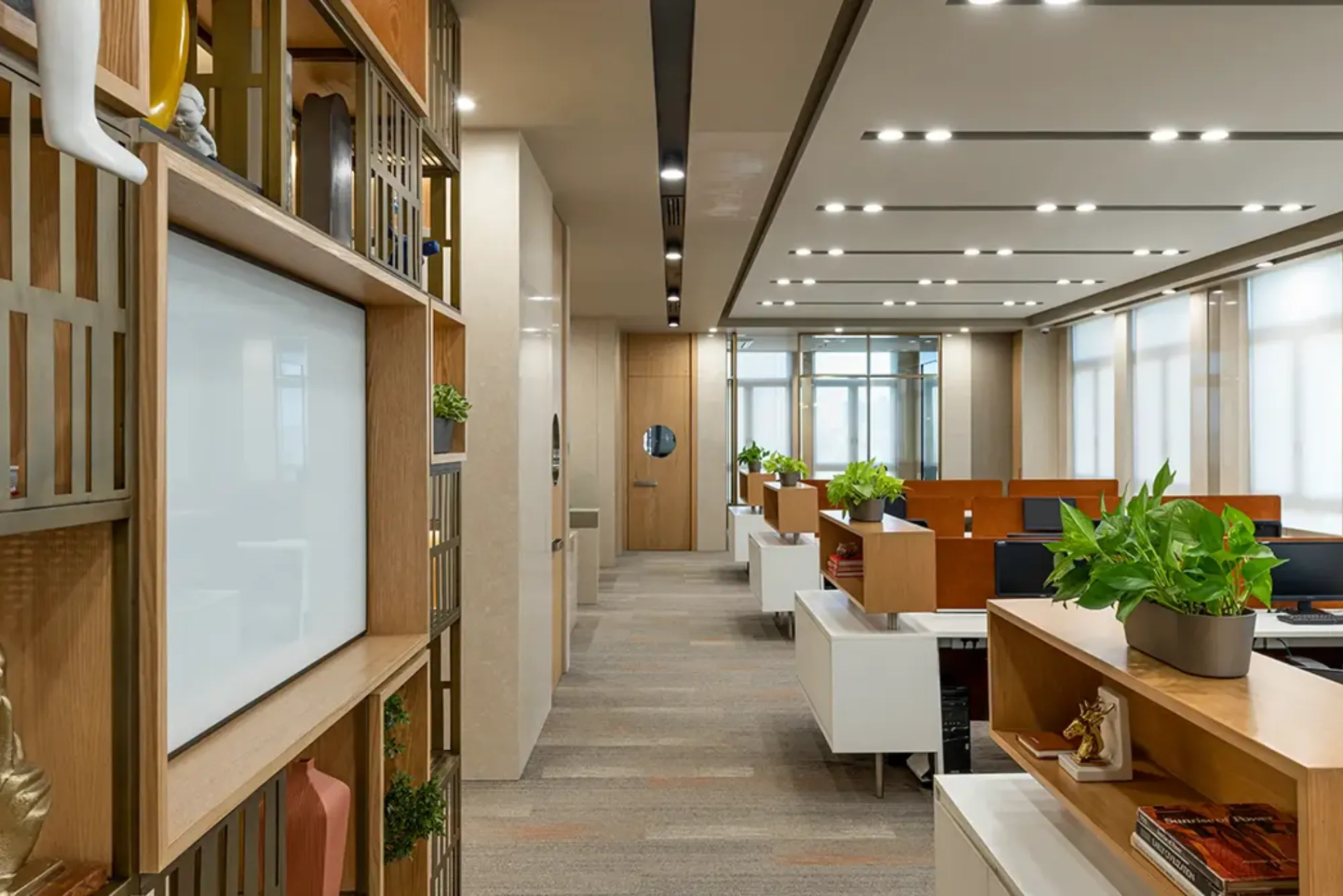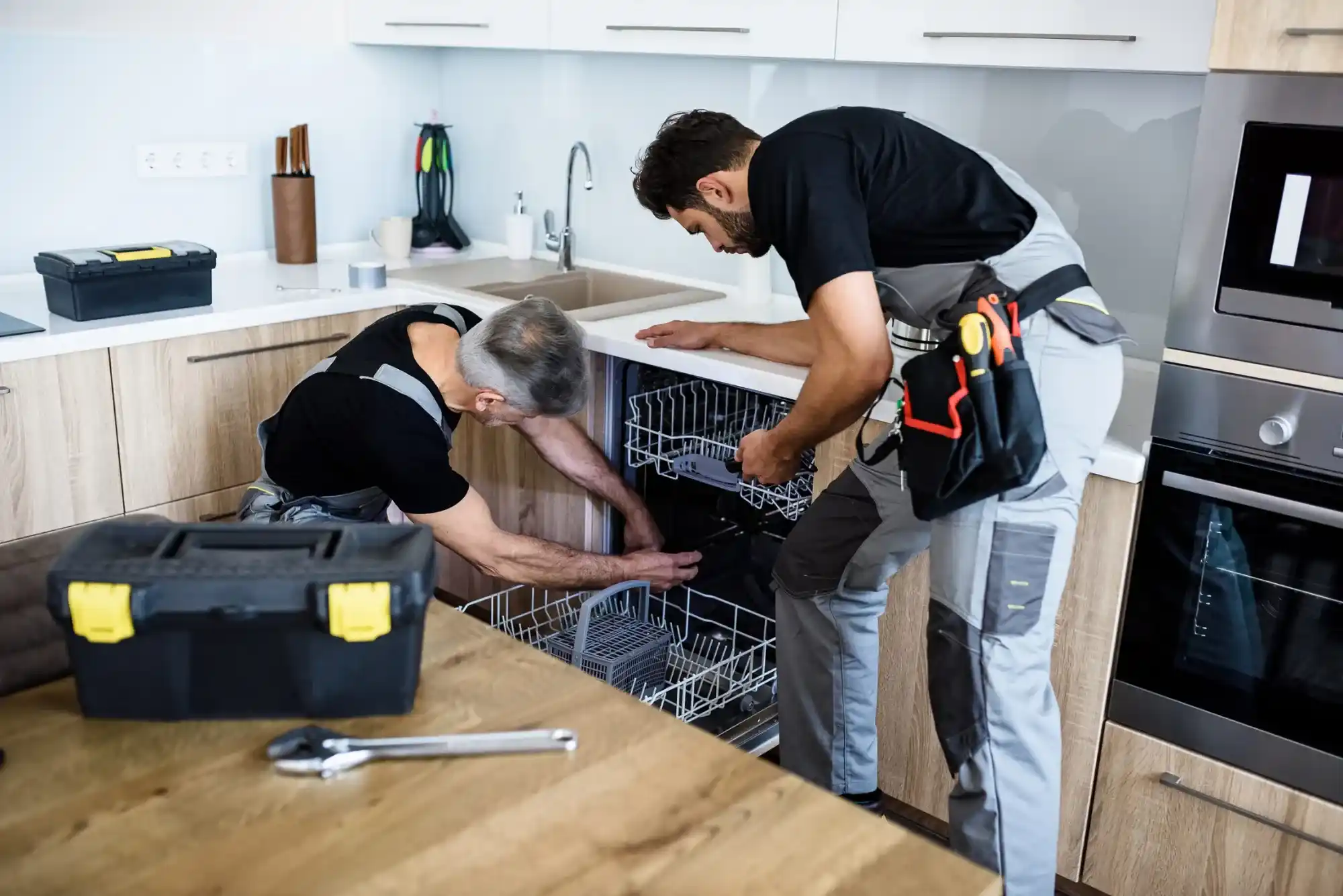The business of interior designing for commercial buildings is in the process of going through an incredible transition. Bye bye to the architecture of uniform plan and boring interiors. In today’s context, the contemporary trends of flexible organizations, environment-sensitive, and sustainable business models connecting with the community. These changes do not only make workspaces more attractive, but they also improve work performances and work-related health.
What is more, it appears that as companies are transitioning to new forms of work organizational environments are also being transformed in order to reflect organizational values as well as the demand on employees. Drawing from biophilia to adopting advanced technology there has been a transition in commercial design in the creation of experiences rather than offices.
The Rise of Flexible Workspaces
The implementation of flexible workspaces has become a real game changer for commercial interiors. Looking at trends that are in use today; flexibility is being adopted more by companies instead of the regular and usual form of the office layout.
The fact that facilities have flexible spaces, often characterized by a combination of open spaces within work zones and flexible furniture and walls, enable swift change. It also improves on employee satisfaction and allows for flexibility and innovation to clients, owing to a synergy.
Also, such spaces meet different working preferences. In any case, when it comes to workplace locations, flexibility hits the diversity of needs right on the nose, whether a person needs an isolated corner or a noisy, crowded, collaborative space.
Employers are aware of the fact that satisfied employees accompany high performers. Through use of flexible environments, they increase the levels of satisfaction by people working in those places.
This is on the backdrop of what is now globally being embraced as work-life balance or granting flexibility at the workplace. The benefit of Flexible Workspace, is to accommodate the blended environment where BOTH remote and office environments are integrated.
In a nutshell, the ‘new’ concept of flexible workspaces is revolutionizing the way organizations approach efficiency and employee satisfaction within today’s complex working spaces.
Incorporating Nature and Sustainability in Design
Many commercial interior design companies in Dubai offer innovative and luxurious solutions tailored to transform business spaces into functional, stylish environments.
Environment is slowly finding its way into interior spaces within the commercial buildings and enhance the environment to be more welcoming. The central theme that is focused on in biophilic design is a relationship between people and nature. Bringing green elements to buildings and spaces, finding ways to allow natural light to come in, and using natural and organic textures make stark environments warm.
Green walls in which people can put plants or large windows for sunlight are not only beautiful. They also ensure the safety of the employees and every other person that comes to the company. It is facts known that exposure to nature has proven to decrease stress levels and improve work performance.
Sustainability can be seen as having a very critical position in this trend. Architects are lower using environmentally sensitive materials that have little effects on the environment. Use of reclaimed wood, recycled metals and low VOC paints will help improve indoor air quality of the building.
So combining these elements of nature, and sustainability in the business landscape, they become much more than economic units where people work; they transform into living organisms containing the pulse of creative energy. All of them could be understood as respects towards the environment and people occupying the spaces designed.
Technology Integration and Smart Buildings
This is how technology continues to transform commercial interiors in truly wonderful ways. Smart buildings are now on the cutting edge of this process, which combines comfort and efficiency.
Think about getting to the workplace and finding that the lighting system changes its configuration with the natural light. Besides improving on the health of the employees it also helps to save on energy consumption.
Sophisticated floor climate control solutions create specific climates for separate zones, making people in occupation spaces better and happier.
Also integrated security solution provides safety and at the same time does not affect the look of the building. CCTVs are discreet in that they are integrated into structures as design parts and also ensure security.
Smart technology also allows fluent interaction with spaces as well. Among the interactive displays are touch panels which help different teams to work collaboratively to produce great results.
Information analysis is instrumental in the best resource management of business and can easily adapt to the changed requirements. With both these novelties, the kind of commercial interiors we get to look forward to seems to be smarter and cozier.
PayPlus Card Balance Check Online
Performing a PayPlus card balance check online is a quick and easy way to stay informed about your finances. To get started, visit the official PayPlus website or use their mobile app, then log in with your credentials or register if you’re a new user. After logging in, go to the “Card Balance” section to view your current balance and recent transactions. The online platform also provides additional features like email or SMS alerts to keep you updated. Regularly conducting a PayPlus card balance check online ensures you can manage your funds efficiently and avoid unexpected issues.
Collaborative Spaces and the Importance of Community
Today interactivity is reshaping the sphere of commerce by introducing new forms of collaborative zones. These areas which are built in accordance to facilitate collaboration encourage idea generation and excellence.
And here it is necessary to note that the time of being located in separate cubicles is completely in the past. Open space in many modern offices has social areas and working areas combined into one solution. It fosters the kind of ad hoc use which leads to new ideas being generated and discussions emerging.
One cannot overemphasize the value of being in a community. Since then, the relationship between workers also increases progressively in order for them to have better interaction with each other. This means that increased cohesiveness breeds more satisfaction and more productivity among the employees.
Design elements have a particularly significant role to fulfill in such context. Soft furnishings, bright colors and artistic pieces on walls and desks, partitions that don’t look like they want to suffocate every idea in the building make it a space where people are happy to articulate ideas.
In addition, these environment meet the diverse personality and work behavior of people, from quite brainstorm zones to active discussion areas, where each can feel comfortable working within the organization environment. There is no ‘business’ anymore – it is all about relationship building for the sake of fostering business networking for success.
The Impact of COVID-19 on Commercial Interiors
The COVID-19 pandemic has changed commercial interiors significantly, from architecture to materials. It provided pressures to rethink business spaces and given new lessons to gear up to. The importance of people’s health and safety started to take paramount importance for numerous companies.
New spatial arrangements emerged from limitations related to social distancing, which can lower occupied zones’ ability to accommodate multiple users. Flexible partitions and barriers replaced the extensive open area providing for both privacy at work and flexibility during the times when it is required. Workspaces became less packed and companies made sure their employees would feel at ease on returning to the workplace.
As with every other industry, focus on hygiene also emerged prominently in the oil and gas industry. The overall appearance of areas that are frequently touched is also smooth and now metal contains antimicrobial materials that enhance the likelihood of its cleanliness. There is a general trend towards no contact solutions, influencing all the identified zones in the workspace.
That is why people also looked at interior design trends with a new perspective when teleworking became an apparent phenomenon. Some realized that the arrangements which they deem as a hybrid proved to be highly adaptive without necessitating either reduced efficiency or the lack of communication between different teams. This shift is the reason as to why rather than going daily to office spaces, they might act as centers of innovation.
So now, as we look to the next phase, or period, or whatever it’ll be – what’s absolutely evident is that there will remain unprecedented metrics of innovation happening in the way commercial interiors evolve. It is thus important that organizations adapt these elements not only for the improvement of the experience of the employees but also for the future ready business.









